All cities have stories. One of the joys of urban photography is conveying them with a camera. Dresden, the capital of Saxony, has many tales to tell and may well be the most photogenic of all Germany's big cities.
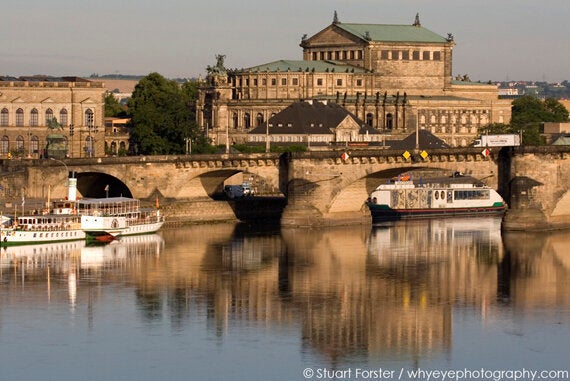
Don't get me wrong, the likes of Berlin, Hamburg, Munich and Stuttgart are all great, multifaceted places to explore with a camera. When it comes to travel photography they each have much to offer and I don't think I'll tire of visiting any of them.
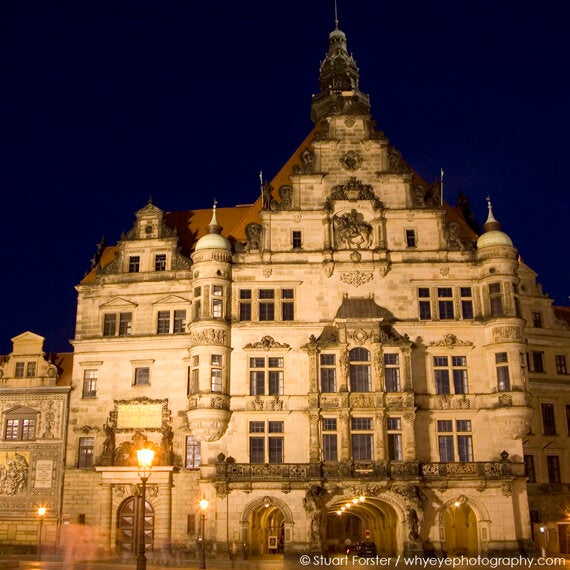
Dresden, though, is at another level. Maybe it's the history of the city that makes it such a rewarding place to photograph.
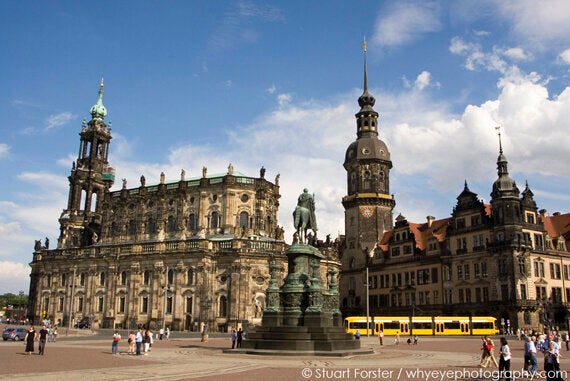
The Baroque and Rococo architecture of the Altstadt (the 'Old Town') is a legacy of the city being the base of a royal court during the period prior to German unification. Frederick Augustus I - the Elector of Saxony between 1763 and 1806, then its king from 1806 until 1827 - drew a number of leading architects and artists to his court. I spent hours photographing the Zwinger palace, in the heart of the city, and details of the numerous sculpted figures around it.
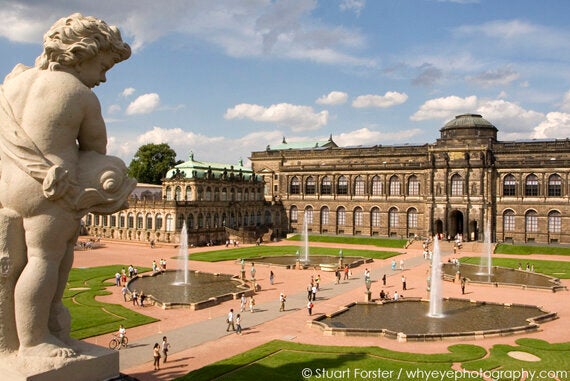
The enormity of the Fürstenzug, a mural depicting a procession of Saxony's rulers, makes it a challenge to photograph. It runs the length of Augustusstrasse and consists of around 23,000 Meissen porcelain tiles. I captured its entirety using a wide angle lens before focusing on select details using a telezoom.
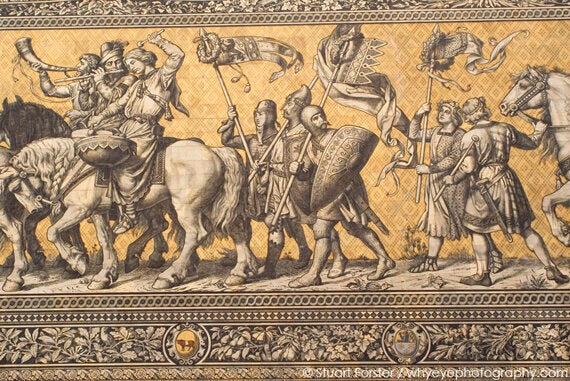
Schloss Pillnitz, about 15 kilometers from the heart of the city, was built in the first half of the 18th century then was developed into the summer residence of Frederick Augustus I. The palace is reachable by bus and boat and its park is a good location to photograph rare botanic species.
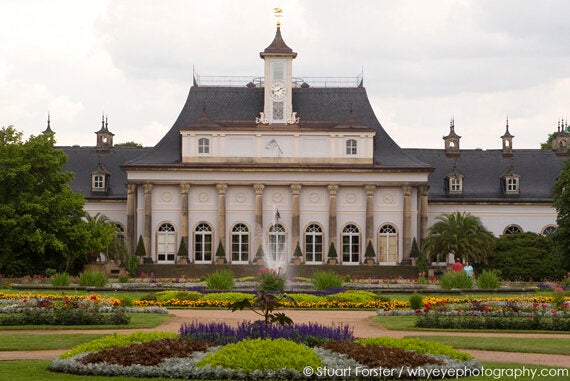
Much has changed in Dresden over the past few years. The city has been renovated and beautified. It's been interesting to observe the city's evolution over a number of stays.
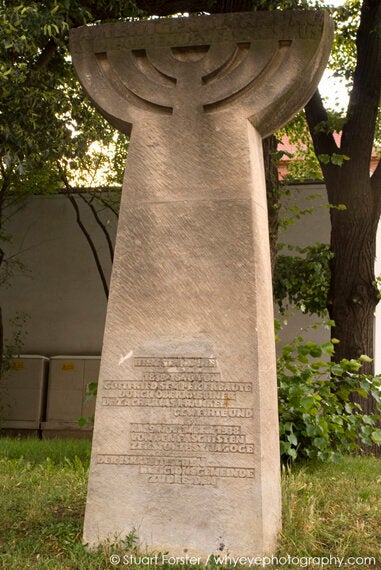
I first visited Dresden back in 2002, shortly after the River Elbe had burst its banks in what locals were calling the flood of the millennium. The water level had risen nine metres, engulfing a number of buildings that weren't even within sightline of the river under normal circumstances. People were making repairs with admirable determination.
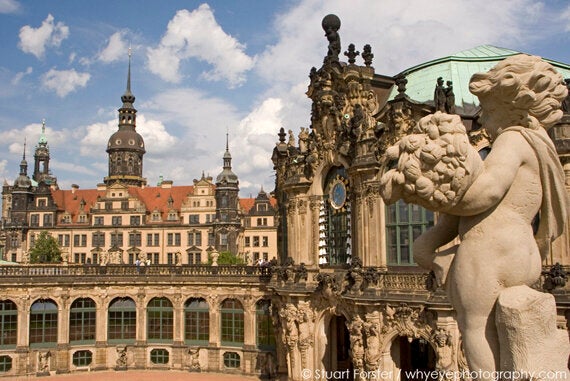
Back then the Lutheran Frauenkirche was still in ruins. I was told it had been left that way deliberately. Apparently, the authority figures of the German Democratic Republic wanted its people to see the stones strewn around Neumarkt square and be reminded of the aerial bombardment undertaken by Allied air forces between 13 and 15 February 1945. It is now rebuilt and its airy interior is one of Dresden's must-see attractions.

The bombing raids of the Royal Air Force and United States Army Air Force killed thousands of people, some estimates place the number of deaths as high as 25,000, and destroyed swathes of the city. The Semperoper, the city's iconic opera house, took 40 years to reconstruct but now looks fabulous, particularly in the blue hour shortly after nightfall.
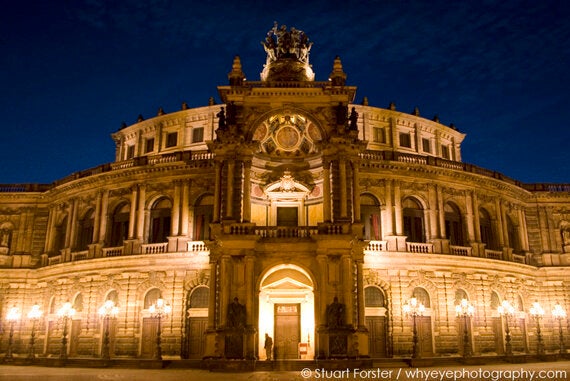
That's also a great time to photograph the illuminated buildings of the Altstadt reflecting on the placid surface of the River Elbe. Lugging around a tripod feels like hard work at times but seeing well-balanced, long-exposure photographs with punchy colours flash onto my camera's display made the effort worthwhile.
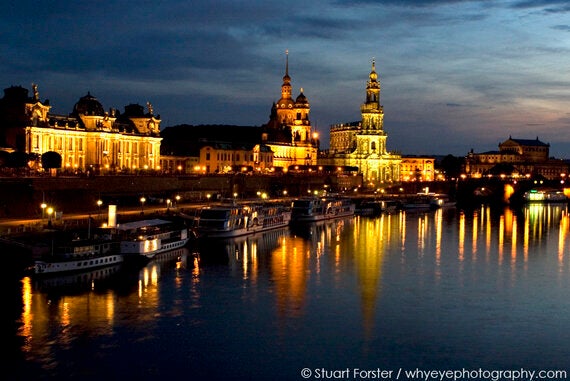
I visited Dresden with the intention of photographing the city and was fortunate that the weather proved favourable. The sun shone and the sky was blue, factors that helped me create bright, positive images of the city.
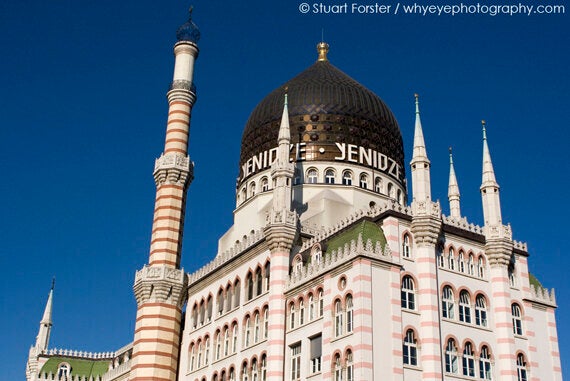
One of the city's more unusual landmarks is the Yenidze, in the Friedrichstadt district. The building's form, with a cupola and minarets, reminded me of a mosque. However, it was built as a factory to process tobacco. The minarets hold chimneys. These days the Yenidze hosts offices and its dome is the site of a restaurant that locals refer to as the city's highest beer garden.
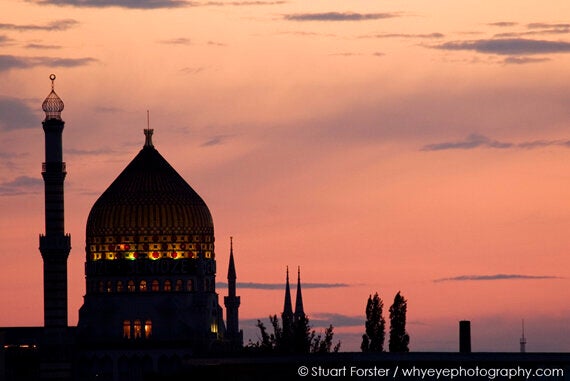
Several of the red and green Ampelmann figures at pedestrian traffic lights are reminders that Dresden was once part of the German Democratic Republic. The hat wearing male figures and ponytailed female forms differ from those seen in western parts of the country. Standing at crossings using a telezoom I was able to capture this quirky aspect of Saxony's heritage.
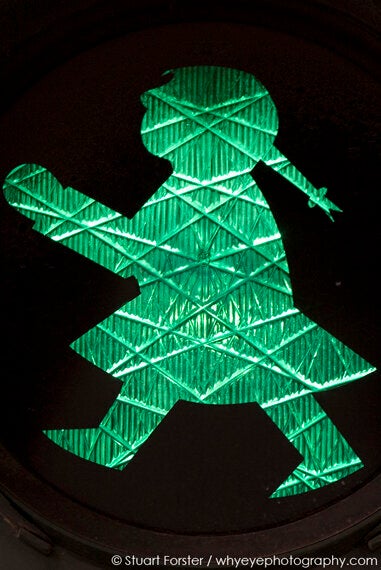
I look forward to returning to Dresden in mid-December to photograph another aspect of the city, the Striezelmarkt, one of Germany's oldest Christmas markets. The 581st edition of the market will take place between 26 November and 24 December on the Altmarkt. Here's hoping for a dusting of snow and blue skies.
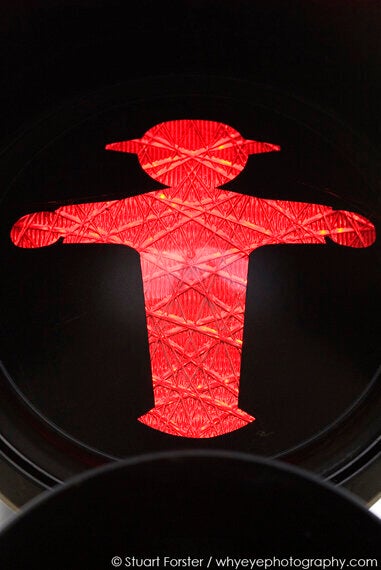
Further information about Dresden
Find out more about aspects of the city and its hinterland via the Dresden, Saxony Tourism and Germany Travel websites.
Stuart Forster was shortlisted in two categories of the 2015 Travel Media Awards, including Travel Blogger and Vlogger of the Year category for work on his personal blog, go-eat-do.com.